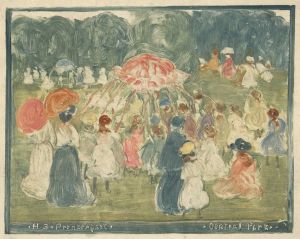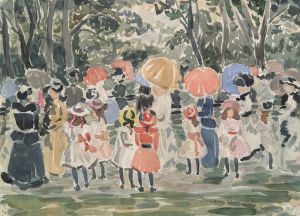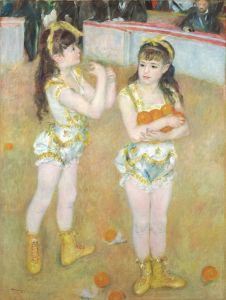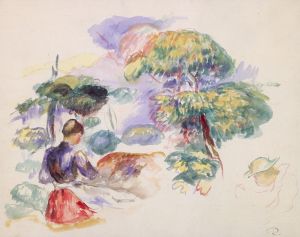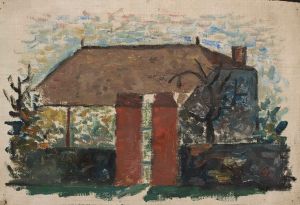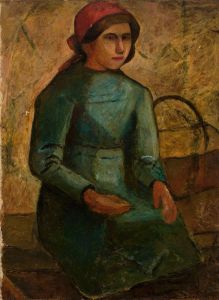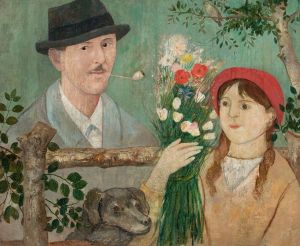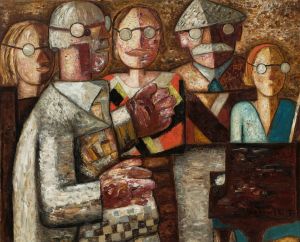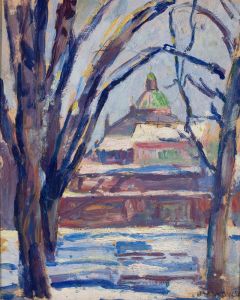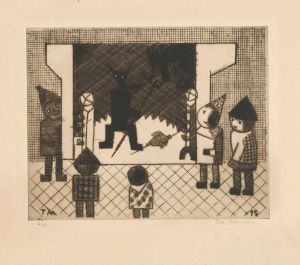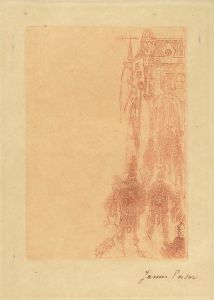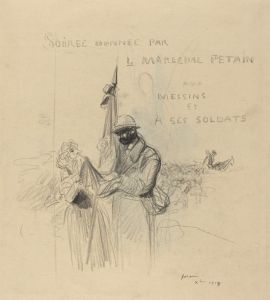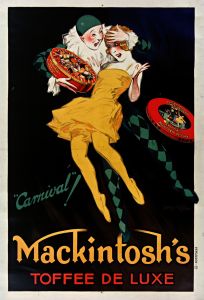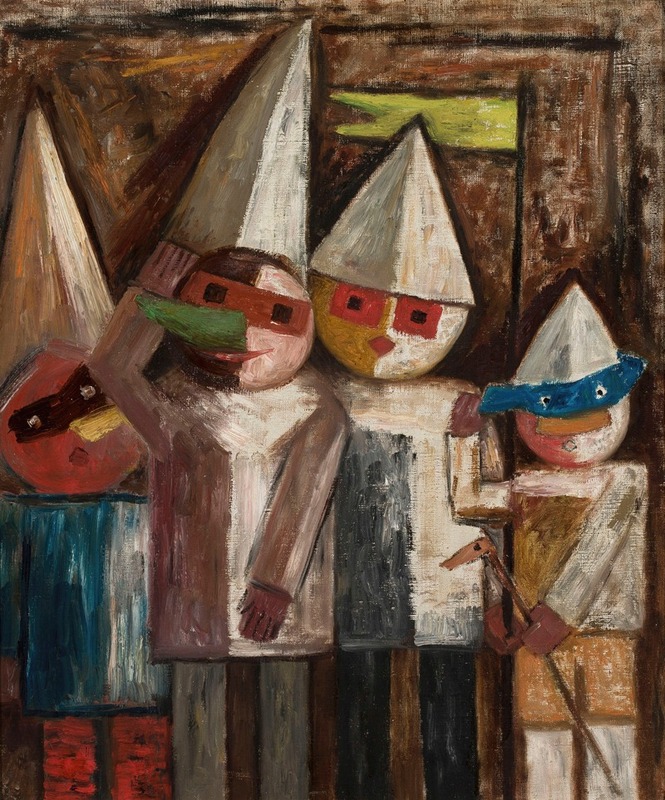
Carnival of children with a flag
A hand-painted replica of Tadeusz Makowski’s masterpiece Carnival of children with a flag, meticulously crafted by professional artists to capture the true essence of the original. Each piece is created with museum-quality canvas and rare mineral pigments, carefully painted by experienced artists with delicate brushstrokes and rich, layered colors to perfectly recreate the texture of the original artwork. Unlike machine-printed reproductions, this hand-painted version brings the painting to life, infused with the artist’s emotions and skill in every stroke. Whether for personal collection or home decoration, it instantly elevates the artistic atmosphere of any space.
Tadeusz Makowski was a Polish painter known for his unique style that combined elements of modernism with influences from folk art and children's themes. One of his notable works is "Carnival of Children with a Flag," which exemplifies his distinctive approach to painting. Makowski was born on January 29, 1882, in Oświęcim, Poland, and he initially studied classical philology at the Jagiellonian University in Kraków before pursuing art at the Academy of Fine Arts in Kraków. His early work was influenced by the Young Poland movement, which was characterized by a focus on symbolism and a departure from traditional forms.
Makowski moved to Paris in 1908, where he became part of the vibrant artistic community and was influenced by the works of artists such as Paul Cézanne and the Cubists. However, Makowski developed his own style that often featured children as central figures, depicted in a manner that combined simplicity with a sense of whimsy and introspection. His paintings frequently incorporated elements of Polish folk art, which added a unique cultural dimension to his work.
"Carnival of Children with a Flag" is a painting that captures the essence of Makowski's artistic vision. The painting depicts a group of children engaged in a festive procession, holding a flag. The scene is imbued with a sense of joy and innocence, characteristic of Makowski's portrayal of childhood. The figures are stylized, with simplified forms and a focus on geometric shapes, reflecting the influence of Cubism. However, unlike the often abstract and analytical nature of Cubism, Makowski's work retains a warmth and accessibility that resonates with viewers.
The use of color in "Carnival of Children with a Flag" is notable for its vibrancy and contrast. Makowski employs a palette that enhances the festive atmosphere of the scene, with bright reds, blues, and yellows that draw the viewer's eye. The composition is carefully balanced, with the flag serving as a focal point that unifies the group of children and adds a dynamic element to the painting.
Makowski's work, including "Carnival of Children with a Flag," is often seen as a reflection of his own experiences and memories of childhood. His ability to capture the essence of youth, with its blend of playfulness and introspection, has made his paintings enduringly popular. Despite the simplicity of his forms, there is a depth to his work that invites viewers to reflect on their own experiences and emotions.
Throughout his career, Makowski exhibited his work in various galleries and exhibitions, gaining recognition for his unique style and contribution to modern art. He remained in France for most of his life, where he continued to develop his artistic vision until his death on November 1, 1932, in Paris. Today, his works are held in numerous collections, and he is regarded as one of Poland's significant modernist painters.
"Carnival of Children with a Flag" stands as a testament to Tadeusz Makowski's ability to blend modernist techniques with traditional themes, creating a body of work that is both innovative and deeply rooted in cultural identity. His paintings continue to be celebrated for their ability to evoke the universal themes of childhood and the human experience.





